Michael Jackson’s albums discography highlights the career of a figure often heralded as the ‘King of Pop,’ who remains one of the most illustrious figures in music history. His extraordinary talent and innovative contributions have left an indelible mark on the world, transcending cultural, racial, and generational boundaries. Born on August 29, 1958, in Gary, Indiana, Jackson’s musical journey began at a tender age, propelling him to international superstardom that spanned several decades.
Jackson’s influence stretched beyond just vocal abilities and thrilling dance moves; he revolutionized the way music was produced and presented, making monumental strides in the industry. His career is highlighted by a staggering array of achievements, including record-breaking sales, groundbreaking uses of music video as an art form, and unprecedented global chart success. Jackson’s legacy is not only preserved through his music but also through his contributions to fashion, dance, and philanthropy, cementing his status as a global icon.
Throughout his career, Michael Jackson released ten studio albums, which collectively sold over 500 million copies worldwide, making him one of the best-selling music artists of all time. Following his untimely death in 2009, his influence did not wane; posthumous releases like “Michael” and “Xscape” allowed fans new content and provided a glimpse into the unreleased materials from his archives. These albums, alongside numerous compilations and remixes, have continued to contribute to his enduring legacy.
Jackson’s career milestones are numerous, from his debut with the family group, The Jackson 5, to his record-setting album “Thriller,” which remains the best-selling album of all time. His life and career were a series of high points that reshaped the entertainment landscape. This introduction aims to encapsulate the essence of Michael Jackson’s phenomenal impact on both the music industry and the wider cultural milieu.
| Category | Details |
|---|---|
| Title | Michael Jackson’s Albums Discography |
| Born | August 29, 1958, in Gary, Indiana |
| Albums Released | 10 studio albums |
| Total Sales | Over 500 million copies worldwide |
| Notable Album | “Thriller” – Best-selling album of all time |
| Posthumous Releases | “Michael”, “Xscape” |
| Legacy Contributions | Music, fashion, dance, philanthropy |
Contents
Early Career and Initial Albums
Michael Jackson’s musical journey began in the spotlight of his family band, The Jackson 5. Managed by his father, Joseph Jackson, the group burst onto the scene in the late 1960s and quickly became a dominant force in the Motown era. Young Michael, with his exceptional vocal skills and charismatic stage presence, stood out as the star. The band’s early success with hits like “I Want You Back” and “ABC” showcased Michael’s remarkable talent at a young age, setting the stage for his future solo endeavors.
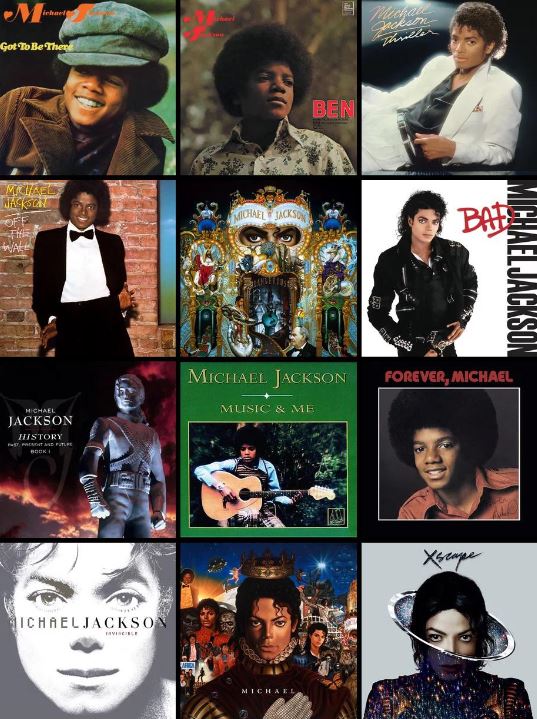
In 1972, at the age of 13, Michael Jackson released his debut studio album, “Got to Be There,” under Motown Records. The album was a critical success and solidified Jackson’s potential as a solo artist. It peaked at number 14 on the US Billboard Top LPs & Tapes chart and received a Gold certification from the Recording Industry Association of America (RIAA), indicating sales of over 500,000 copies in the United States. The title track, “Got to Be There,” reached number four on the Billboard Hot 100, showcasing Jackson’s ability to appeal to a broad audience.
Later that same year, Jackson released his second album, “Ben.” This album featured the title track, which became Jackson’s first solo number one hit on the Billboard Hot 100 and served as the theme song for the 1972 movie of the same name about a young boy and his pet rat. The album itself reached number five on the Billboard chart and was certified Silver in the UK, marking another milestone in Jackson’s burgeoning career. The success of these two albums proved that Jackson had the potential to go far beyond the achievements of The Jackson 5.
| Event | Details |
|---|---|
| Start of Career | Michael Jackson began in The Jackson 5, managed by his father Joseph Jackson, emerging as a standout star. |
| Early Success | Early hits with The Jackson 5 included “I Want You Back” and “ABC”. |
| Debut Solo Album | “Got to Be There” (1972); peaked at #14 on US Billboard, certified Gold by RIAA. |
| Notable Tracks | “Got to Be There” reached #4 on the Billboard Hot 100. |
| Second Album | “Ben” (1972); featured “Ben”, Jackson’s first solo #1 on Billboard Hot 100; album reached #5 on Billboard chart, certified Silver in the UK. |
Breakthrough with “Off the Wall”
The release of “Off the Wall” in 1979 represented a pivotal moment in Michael Jackson’s career. Produced by Quincy Jones, who would become a long-term collaborator with Jackson, the album marked his transition from a child star into a sophisticated performer capable of reaching adult audiences. “Off the Wall” was met with critical acclaim and phenomenal commercial success. It peaked at number three on the Billboard Top LPs & Tapes chart and eventually sold over 20 million copies worldwide, making it one of the best-selling albums of all time.
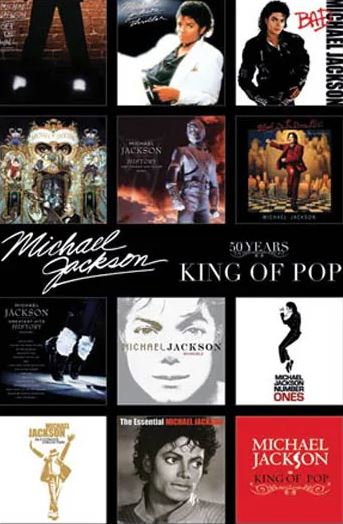
The album produced four top 10 singles on the Billboard Hot 100, including “Don’t Stop ‘Til You Get Enough” and “Rock with You,” both of which reached number one. These tracks not only highlighted Jackson’s vocal range and musical versatility but also demonstrated his ability to blend pop, soul, and funk. The success of “Off the Wall” earned Jackson his first Grammy Award for Best Male R&B Vocal Performance for “Don’t Stop ‘Til You Get Enough.”
The critical and commercial success of “Off the Wall” also had a profound impact on the music industry. It set new standards for production quality and cemented the album format as a viable artistic expression in the pop music genre. Furthermore, it challenged racial barriers within the music industry, as Jackson became one of the first African American artists to garner a broad crossover appeal on MTV and other previously segregated music platforms.
“Off the Wall” not only elevated Michael Jackson’s status as a leading figure in music but also laid the groundwork for his unprecedented success with his next album, “Thriller.” The artistic and commercial achievements of “Off the Wall” underscored its significance in Michael Jackson’s career and its lasting contributions to the evolution of pop music and popular culture.
| Aspect | Details |
|---|---|
| Album | “Off the Wall” (1979) |
| Producer | Quincy Jones |
| Significance | Transition from child star to adult performer, marked by sophisticated appeal to adult audiences. |
| Commercial Success | Peaked at #3 on Billboard Top LPs & Tapes, sold over 20 million copies worldwide. |
| Top Singles | Four top 10 Billboard Hot 100 singles, including #1 hits “Don’t Stop ‘Til You Get Enough” and “Rock with You”. |
| Grammy Award | First Grammy for Best Male R&B Vocal Performance for “Don’t Stop ‘Til You Get Enough”. |
| Impact on Music Industry | Set new standards for production quality; challenged racial barriers in music media. |
| Legacy | Laid the groundwork for the success of “Thriller”; significant contribution to the evolution of pop music. |
“Thriller” – Setting Global Records
Michael Jackson’s sixth studio album, “Thriller,” released on November 30, 1982, is nothing short of a monumental milestone in the history of popular music. Produced by Quincy Jones, the album was an instant commercial success, reaching the number one spot on the Billboard 200 and staying there for an unprecedented 37 weeks. “Thriller” went on to become the best-selling album of all time, with estimated sales of 70 million copies worldwide, setting a benchmark that still stands.
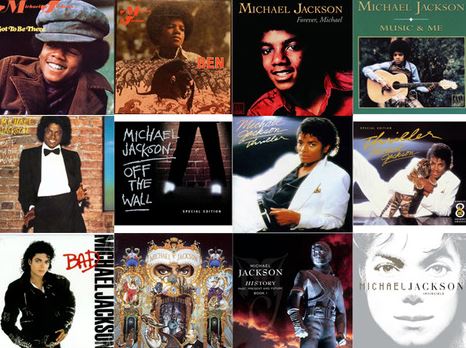
The album’s success was propelled by a combination of exceptional music production, memorable songwriting, and groundbreaking music videos. It spawned seven top 10 hits, including “Billie Jean,” “Beat It,” and the album’s title track “Thriller.” These songs not only dominated the charts but also became cultural phenomena. “Billie Jean” and “Beat It” both reached number one on the Billboard Hot 100, with “Beat It” bringing rock and roll to a predominantly pop album, thanks to Eddie Van Halen’s iconic guitar solo.
The “Thriller” music video, directed by John Landis, was a revolutionary production, blending film-making with music in a video that was more like a short film than a traditional music video. Its broadcast on MTV broke racial barriers, with Jackson becoming the first African American artist to receive heavy rotation on the network. This not only boosted his career but also helped integrate music television.
| Aspect | Details |
|---|---|
| Album | “Thriller” (Released on November 30, 1982) |
| Producer | Quincy Jones |
| Chart Performance | #1 on Billboard 200 for 37 weeks |
| Sales | Best-selling album of all time with 70 million copies worldwide |
| Top Singles | Seven top 10 hits including “Billie Jean,” “Beat It,” and “Thriller” |
| Music Video Impact | “Thriller” video directed by John Landis, broke racial barriers on MTV |
| Cultural Significance | Integrated music and film-making; boosted Jackson’s career and helped integrate music television |
Continued Success: “Bad” and “Dangerous”
Following the unprecedented success of “Thriller,” expectations were high for Michael Jackson’s next projects. He responded with “Bad” in 1987 and “Dangerous” in 1991, both of which affirmed his status as the King of Pop. “Bad” debuted at number one on the Billboard 200, and it was the first album in history to produce five consecutive number one singles, including hits like “Bad,” “The Way You Make Me Feel,” and “Man in the Mirror.” The album’s production continued Jackson’s collaboration with Quincy Jones and featured a more aggressive and edgier sound that appealed to a wider audience, eventually selling over 35 million copies worldwide.
“Bad” was also notable for its music videos, which continued to push the boundaries of the art form. The “Bad” video, directed by Martin Scorsese, was a short film that explored themes of crime and redemption, further showcasing Jackson’s acting abilities and his willingness to address complex social issues through his music.
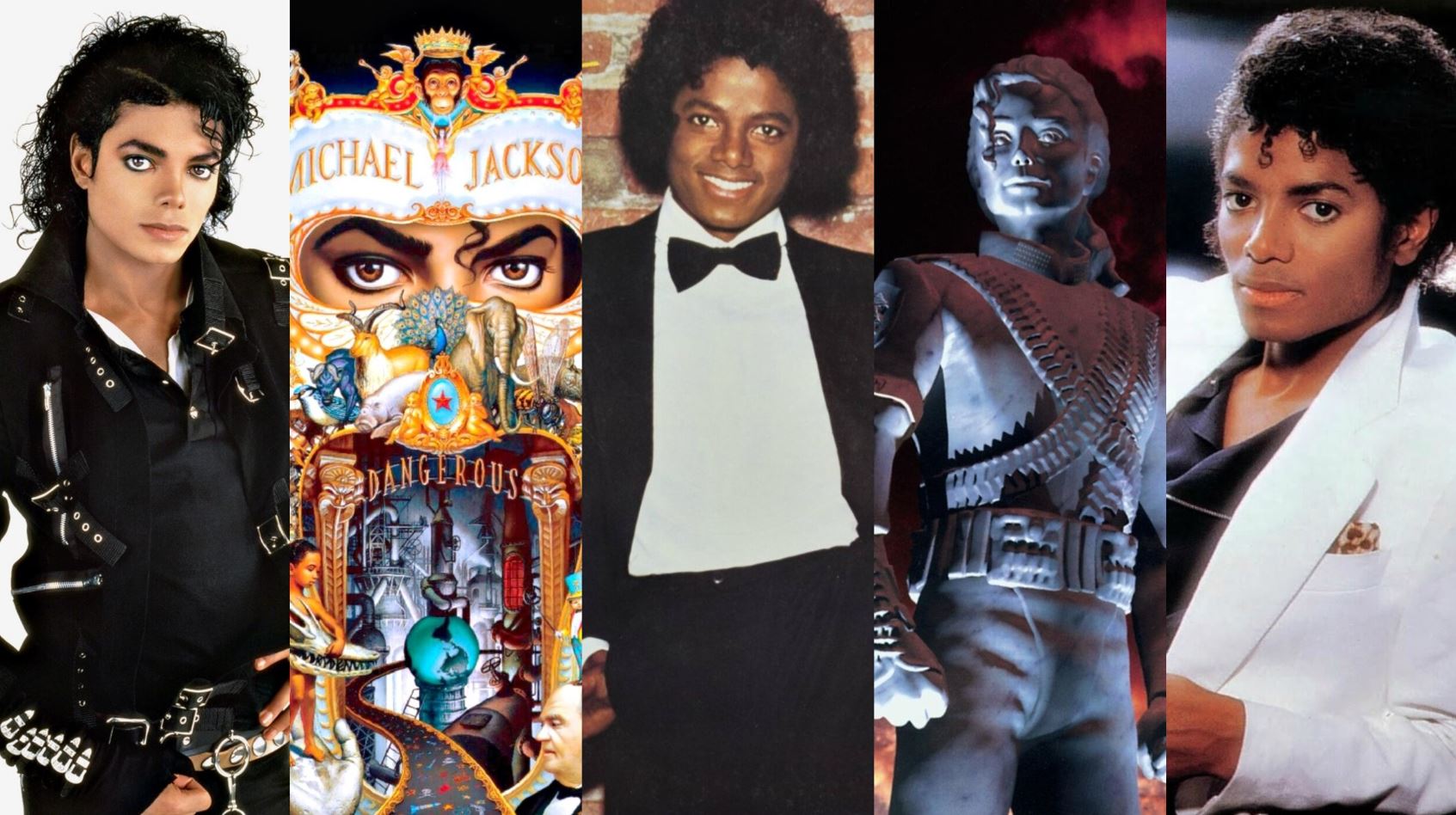
“Dangerous” marked a turning point in Jackson’s career as he moved away from his collaboration with Quincy Jones to work with new producers such as Teddy Riley, helping to pioneer the new jack swing genre. The album debuted at number one on the Billboard 200 and spawned several hit singles, including “Black or White” and “Remember the Time.” The “Black or White” music video was particularly significant for its use of morphing technology and its powerful message against racism.
Both “Bad” and “Dangerous” continued to develop and refine the use of music videos as an essential tool for music promotion. Jackson’s willingness to innovate with each album played a crucial role in his continued success and his ability to maintain his position at the forefront of the music industry. These albums not only solidified his reputation as a master showman but also as an artist willing to use his platform to challenge societal norms and push for change.
Through “Thriller,” “Bad,” and “Dangerous,” Michael Jackson not only set records but also forever altered the landscape of pop music. His innovative use of music videos transformed how music was marketed and perceived, making him not only a legendary musician but also a cultural icon whose influence transcended music and affected global pop culture profoundly.
| Aspect | Details |
|---|---|
| Albums | “Bad” (1987) and “Dangerous” (1991) |
| Commercial Success | “Bad” debuted at #1 on Billboard 200, 35 million copies sold worldwide. “Dangerous” also debuted at #1. |
| Notable Singles from ‘Bad’ | Five consecutive #1 singles including “Bad,” “The Way You Make Me Feel,” and “Man in the Mirror” |
| Notable Singles from ‘Dangerous’ | “Black or White,” “Remember the Time” |
| Music Video Impact | “Bad” directed by Martin Scorsese; “Black or White” noted for use of morphing technology and anti-racism message |
| Production | “Bad” continued collaboration with Quincy Jones; “Dangerous” introduced new producers like Teddy Riley |
| Cultural Impact | Both albums continued to push boundaries in music video art and addressed complex social issues. |
Later Works and Final Studio Album
Michael Jackson’s later albums, particularly “HIStory: Past, Present and Future, Book I” (1995), “Blood on the Dance Floor: HIStory in the Mix” (1997), and “Invincible” (2001), represent a period of evolution and introspection in his career, reflecting both his personal struggles and changes in the music industry.
“HIStory,” a double album, served as a retrospective of his career (with its first disc being a greatest hits compilation) and a reflection of his personal tribulations. It debuted at number one in many countries and included the hit singles “Scream,” a duet with his sister Janet Jackson, and “You Are Not Alone,” which became the first song ever to debut at number one on the Billboard Hot 100 chart. The album’s themes often dealt with isolation, media scrutiny, and injustice, echoing Jackson’s life at the time.
“Blood on the Dance Floor,” primarily a remix album of songs from “HIStory,” included five new tracks and highlighted Jackson’s willingness to experiment with new sounds, incorporating electronic music influences. Despite being the best-selling remix album of all time, it received mixed reviews and was seen as less impactful compared to his previous works.
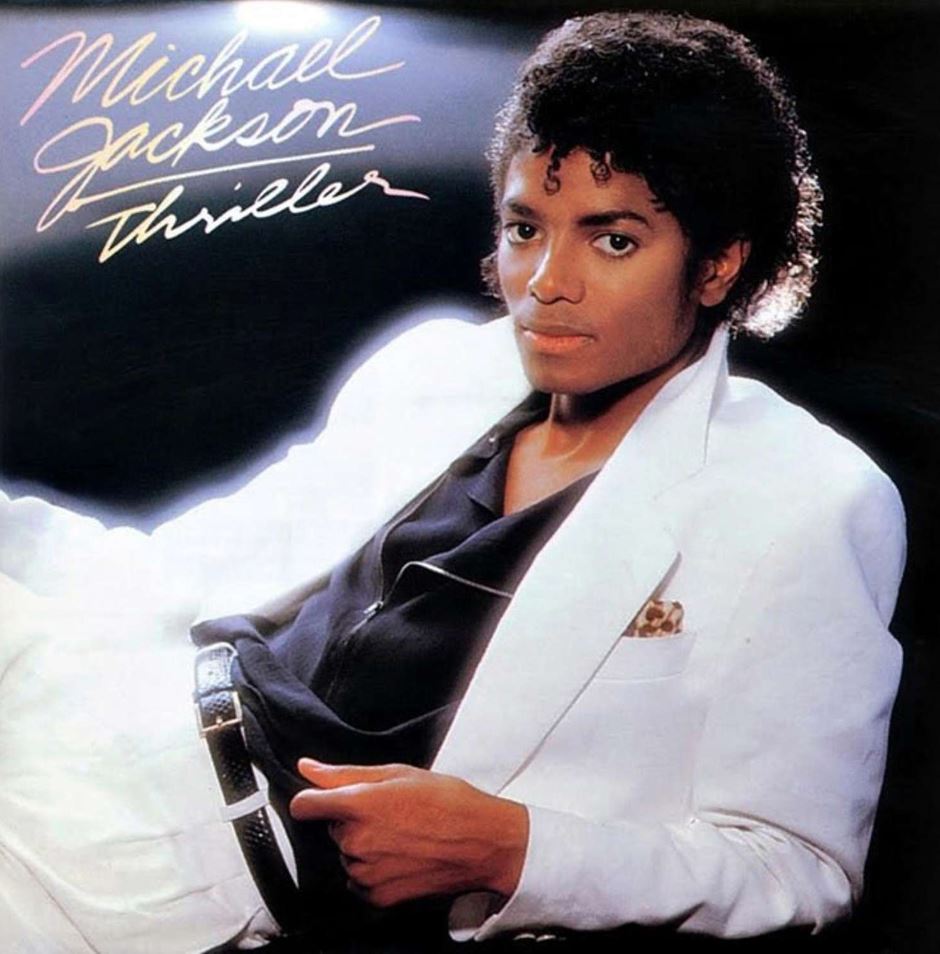
“Invincible,” Jackson’s final studio album, released in 2001, was a significant project featuring collaborations with contemporary producers such as Rodney Jerkins. It showcased a modern sound that blended pop with urban soul and electronic music. Despite debuting at number one in 13 countries and selling over 6 million copies worldwide, it did not achieve the level of commercial success expected for a Jackson album and received a lukewarm reception from critics, reflecting the shifting dynamics in the music industry and changes in public taste.
During this period, Jackson faced numerous challenges, including legal battles and intense media scrutiny, which affected his public image and inevitably his music’s reception. The evolution in his musical style, often incorporating more introspective and darker themes, mirrored his personal struggles.
| Album | Release Year | Highlights | Commercial Success | Critical Reception |
|---|---|---|---|---|
| “HIStory: Past, Present and Future, Book I” | 1995 | Double album with greatest hits and new material; includes “Scream” and “You Are Not Alone.” | Debuted at #1 in multiple countries. | Themes of isolation, media scrutiny, and injustice reflecting personal struggles. |
| “Blood on the Dance Floor: HIStory in the Mix” | 1997 | Remix album with five new tracks; experimental with electronic music influences. | Best-selling remix album of all time. | Mixed reviews; seen as less impactful than previous works. |
| “Invincible” | 2001 | Collaborations with modern producers; blended pop with urban soul and electronic music. | Debuted at #1 in 13 countries, sold over 6 million copies worldwide. | Lukewarm reception; did not meet commercial expectations typical of Jackson’s previous albums. |
Posthumous Releases and Legacy
Following Michael Jackson’s untimely death in 2009, his impact on music continued through posthumous releases, which sparked renewed interest in his work and introduced his legacy to a new generation. The albums “Michael” (2010) and “Xscape” (2014) were both surrounded by excitement and controversy.
“Michael” featured previously unreleased tracks completed by various producers. However, the album faced controversy over the authenticity of the vocals on some tracks, with some fans and family members claiming they were not Jackson’s. Despite this, it was commercially successful, peaking in the top ten in over 15 countries.
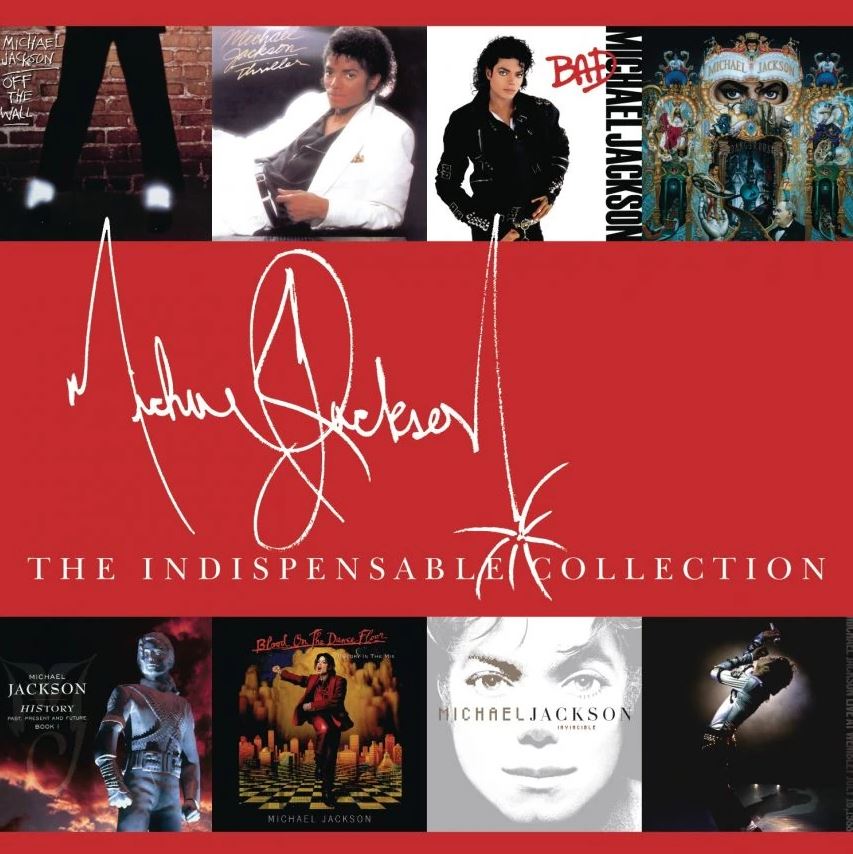
“Xscape,” on the other hand, received more favorable reviews for its production and the quality of the unreleased songs chosen. The album was noted for its innovative approach, where contemporary producers, including Timbaland and Stargate, reworked Jackson’s unreleased tracks, maintaining his essence while giving them a modern twist. The single “Love Never Felt So Good,” a duet version featuring Justin Timberlake, became a hit, demonstrating Jackson’s enduring appeal.
The ongoing impact of Jackson’s music is undeniable. His albums continue to sell, and his influence on music video production, dance, and pop culture remains profound. His innovative musical styles and mastery of public presentation have left an enduring legacy in the music industry. Jackson’s posthumous releases not only extend his artistic presence but also reinforce his status as a global music icon, whose art transcends time and continues to inspire artists across different genres.
| Album | Release Year | Key Features | Commercial Success | Reception & Controversies |
|---|---|---|---|---|
| “Michael” | 2010 | Features previously unreleased tracks completed posthumously by various producers. | Top ten in over 15 countries. | Faced controversy over the authenticity of the vocals on some tracks. |
| “Xscape” | 2014 | Unreleased tracks reworked by contemporary producers like Timbaland and Stargate. Included a hit duet with Justin Timberlake, “Love Never Felt So Good.” | Received favorable commercial success. | Praised for maintaining Jackson’s essence while adding a modern twist to the production. |
Compilation and Remix Albums Video
Throughout his career and posthumously, Michael Jackson’s compilation and remix albums have played a crucial role in sustaining and revitalizing his popularity. These albums have not only helped introduce his music to new generations but also maintained his presence in the music market during periods between studio album releases.
One of the most significant compilation albums is “Number Ones,” released in 2003. It features Jackson’s tracks that reached the number one spot in charts around the world, and it met with considerable commercial success. The album debuted at number one in the UK and remained in the top 100 for over 150 weeks, underscoring Jackson’s enduring appeal. Similarly, “The Essential Michael Jackson,” released in 2005, spans his entire career from The Jackson 5 era through his solo years and has been a persistent seller, often re-entering charts during key anniversaries or after significant media coverage of Jackson.
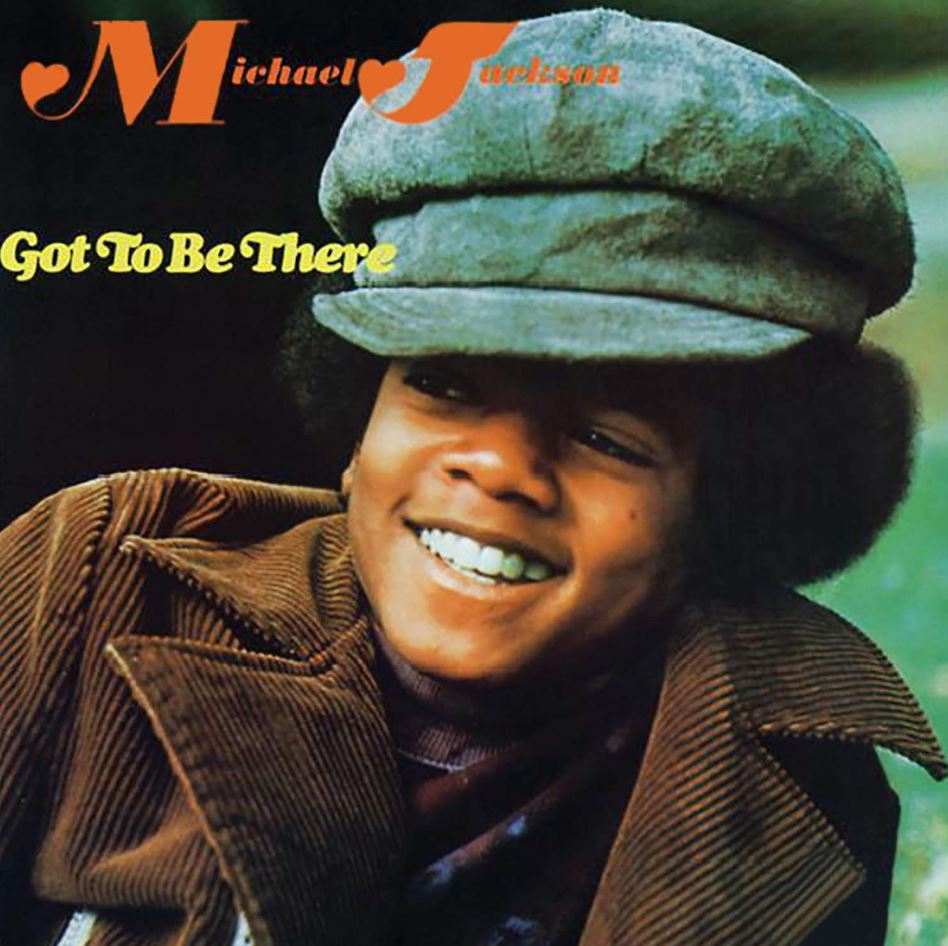
Remix albums like “Blood on the Dance Floor: HIStory in the Mix” (1997) have allowed Jackson’s work to be reinterpreted and refreshed, introducing his music to club scenes and electronic music fans. This album became the best-selling remix album of all time, illustrating how remixes can successfully extend the lifespan of an artist’s original works.
These strategic releases have not only boosted Jackson’s catalog sales but also kept his legacy vibrant in the public’s memory, ensuring that his influence on music and culture remains relevant. They have allowed for the re-contextualization of his music, aligning it with contemporary sounds and trends, which is essential for the longevity of any artist’s body of work.
| Album | Type | Release Year | Key Features | Commercial Success |
|---|---|---|---|---|
| “Number Ones” | Compilation | 2003 | Includes tracks that hit number one across various charts worldwide. | Debuted at #1 in the UK, remained in the top 100 for over 150 weeks. |
| “The Essential Michael Jackson” | Compilation | 2005 | Covers his career from The Jackson 5 through his solo years. | Persistent seller, often re-enters charts during key anniversaries or significant media coverage. |
| “Blood on the Dance Floor: HIStory in the Mix” | Remix | 1997 | Best-selling remix album of all time, reinterprets Jackson’s music for club scenes and electronic music fans. | Significant sales, highlighted Jackson’s versatility and appeal to a broad audience. |
Soundtrack and Special Edition Albums
Michael Jackson also made significant contributions to soundtrack albums, which added another layer to his diverse musical career. The most notable is his work on the soundtrack for “The Wiz” (1978), where he starred as the Scarecrow alongside Diana Ross. His performance and the music he contributed helped solidify his reputation as a versatile entertainer capable of crossing over into film.
Another major soundtrack effort by Jackson was for the movie “E.T. the Extra-Terrestrial” (1982), which included the song “Someone In the Dark.” This release was a unique storytelling collaboration that combined Jackson’s narrative and vocal performance with the storyline of the film, showcasing his ability to meld his musical expression with cinematic content.
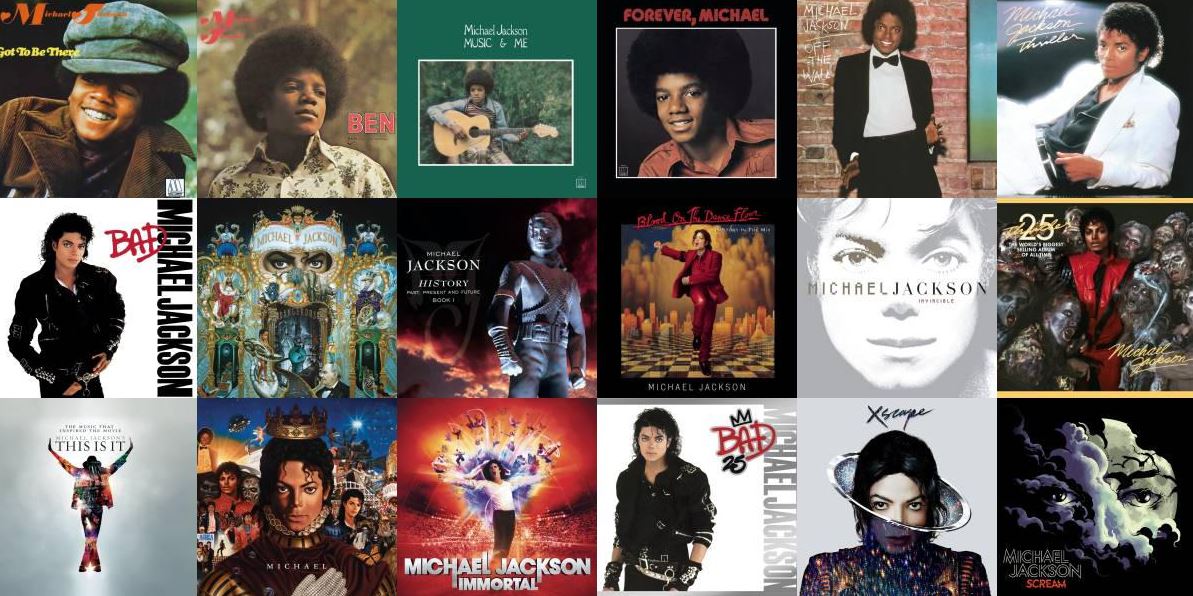
Special edition reissues of Jackson’s albums have been particularly significant in preserving his legacy. Albums such as “Thriller 25th Anniversary Edition” and “Bad 25” not only celebrate the anniversaries of their original releases but also offer fans remastered versions, previously unreleased tracks, and even DVD content featuring music videos and live performances. These reissues serve as comprehensive tributes to the periods of Jackson’s career they represent, providing both nostalgia for longtime fans and a gateway for new listeners to experience his work in a fresh context.
The reissues often include significant enhancements, such as collaborations with contemporary artists and producers who remix or provide their takes on Jackson’s classics. These partnerships help bridge the gap between different musical eras and demonstrate the timeless quality of Jackson’s music.
Overall, Michael Jackson’s strategic use of compilation and remix albums, along with his contributions to soundtracks and the continuous reissuing of special edition albums, have played essential roles in sustaining his popularity and ensuring that his musical legacy continues to be celebrated across the world. These efforts not only honor his past achievements but also cement his status as a pivotal figure in the history of popular music.
| Contribution | Type | Details | Impact |
|---|---|---|---|
| “The Wiz” Soundtrack | Soundtrack Album | 1978 film starring Michael Jackson as the Scarecrow alongside Diana Ross. | Enhanced his reputation as a versatile entertainer capable of crossing into film. |
| “E.T. the Extra-Terrestrial” Soundtrack | Soundtrack Album | 1982 release that included “Someone In the Dark.” Unique storytelling collaboration with the film’s storyline. | Showcased his ability to integrate musical expression with cinematic content. |
| “Thriller 25th Anniversary Edition” | Special Edition Reissue | Celebrates the anniversary of “Thriller” with remastered tracks, unreleased songs, and DVD content. | Provides nostalgia for fans and introduces new listeners to his work in a remastered format. |
| “Bad 25” | Special Edition Reissue | 25th-anniversary edition with enhancements like new collaborations and remixed tracks. | Bridges musical eras and demonstrates the timeless quality of Jackson’s music. |
Michael Jackson’s enduring influence on music and pop culture is unparalleled. Over the course of his career, Jackson not only set records but also defined what it means to be a global superstar. His music transcended geographical boundaries and cultural differences, making him a household name worldwide. His innovative approach to music, dance, and visual presentation reshaped the entertainment industry and set a new benchmark for performance art.
Jackson’s contributions to the music world were revolutionary. His use of music videos as narrative art forms changed the way artists approached music promotion and connected with audiences. Videos like “Thriller,” “Beat It,” and “Billie Jean” are not just iconic music videos but cultural artifacts that continue to influence the visual style of artists today. His mastery of pop, rock, and funk created a blueprint for integrating different musical styles, which artists continue to emulate.
Moreover, Jackson’s legacy extends beyond his music. His unique style and charisma influenced fashion trends and dance movements. His signature moonwalk, military-style jackets, and single-gloved hand became emblematic of a Michael Jackson era that swept across the globe, influencing not just musicians but also dancers, designers, and performers across various arts.
The global impact of his work is reflected in his record sales and the numerous awards he received, which include 13 Grammy Awards and the Grammy Legend Award. Albums like “Thriller,” “Bad,” and “Dangerous” are not just commercial successes but critical landmarks that have been studied and revered by music scholars and enthusiasts alike. His ability to innovate across multiple albums and reinvent himself musically kept him relevant in a fast-evolving music industry.
Jackson’s posthumous releases have also played a significant role in continuing his legacy. These albums keep his spirit alive and introduce his genius to a new generation. The controversies surrounding some of these releases have not overshadowed the sheer talent and passion that resonate through his music. Instead, they have sparked discussions about artistic legacy and the preservation of integrity in posthumous works.
The ongoing sales surges following his death and during various anniversaries of his albums testify to the lasting appeal of his music. His songs continue to chart globally whenever there is a resurgence of interest, be it through documentaries, movie soundtracks, or viral dance tributes on social media platforms.
Ultimately, Michael Jackson’s status as the King of Pop is not just a testament to his commercial success but to his profound impact on the world of music and beyond. He broke down racial barriers in the music video industry, championed charitable causes through his fame, and inspired millions with his message of love and unity. The world views him not just as a performer but as an icon whose work has and will continue to inspire artists and fans around the globe.
As we reflect on his career, it is clear that Michael Jackson’s music and legacy are immortal. His artistic achievements continue to be celebrated, studied, and enjoyed, securing his place in the pantheon of global pop culture. His influence is ingrained in the fabric of music history, and his legacy will continue to be a benchmark for excellence in the entertainment industry for generations to come.

